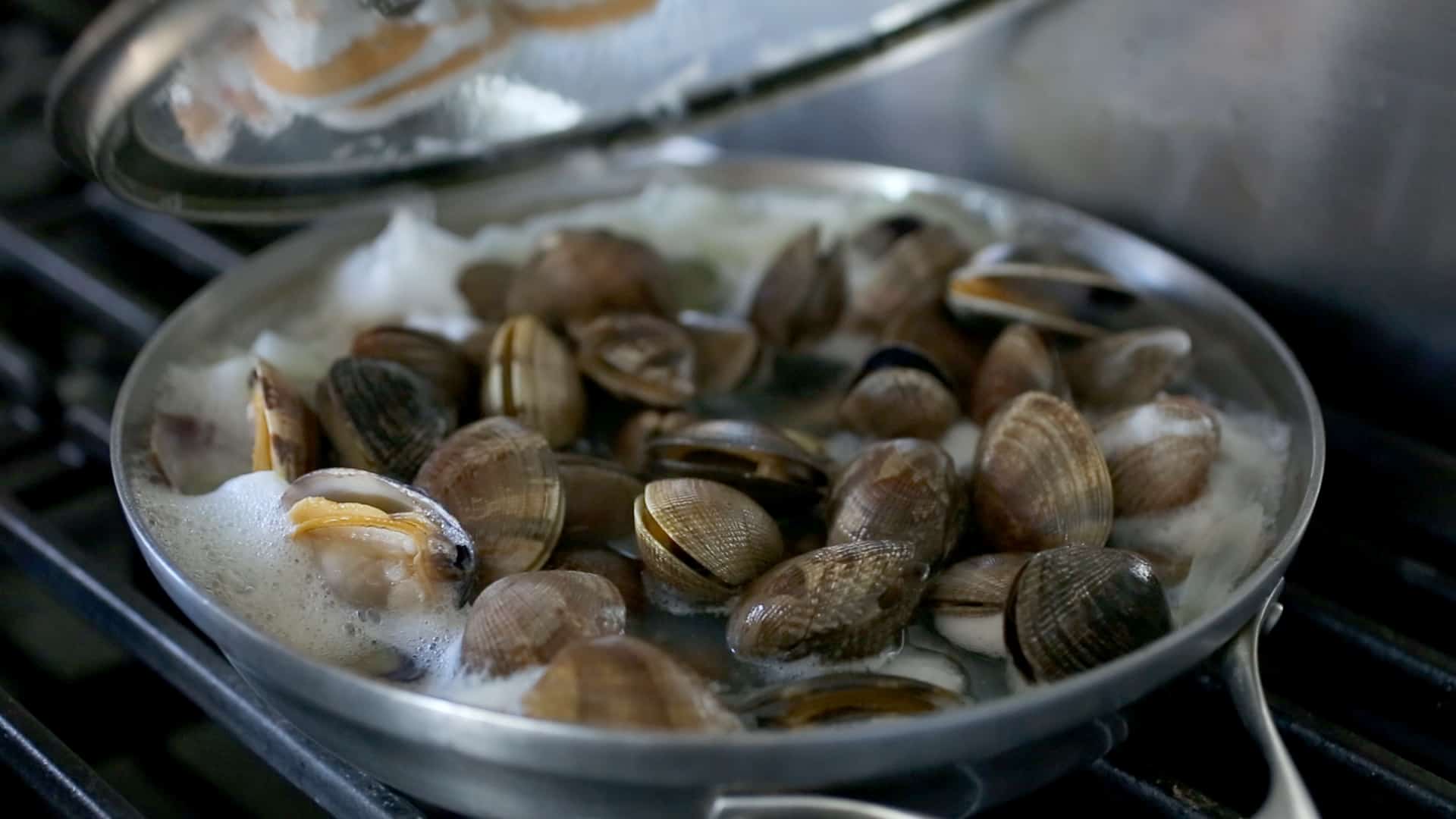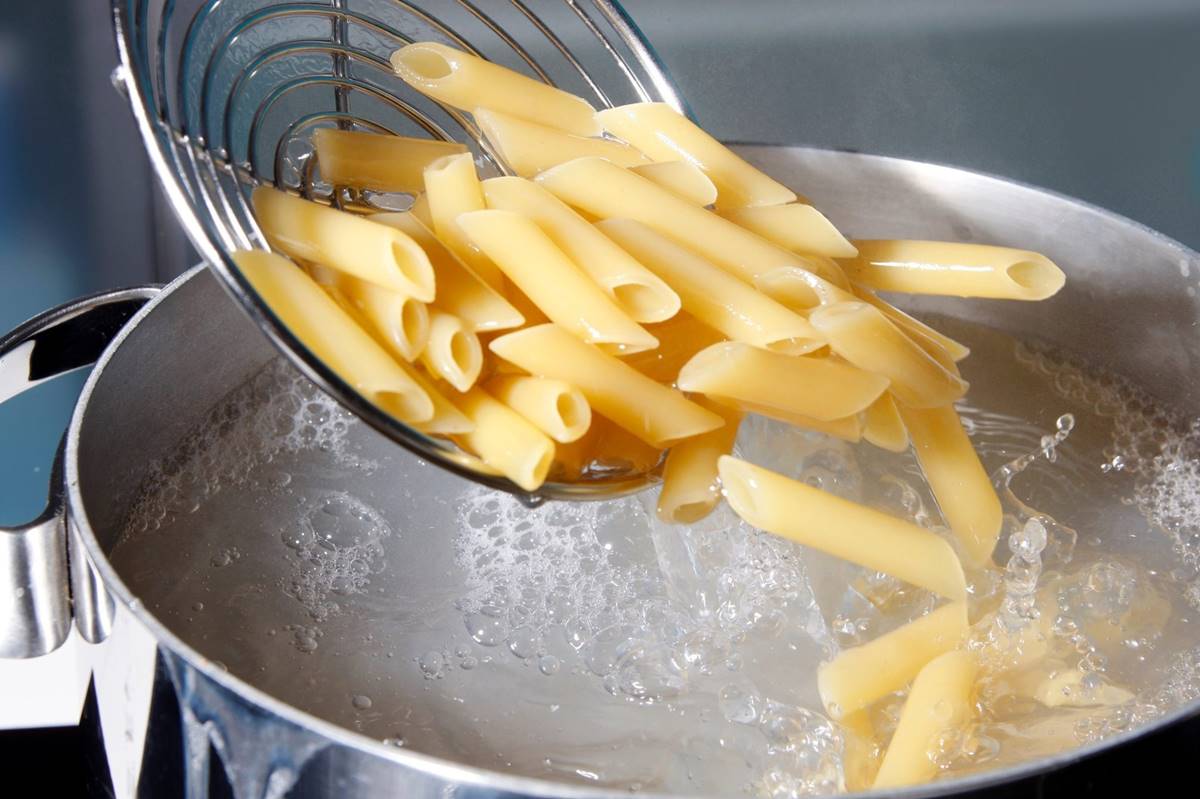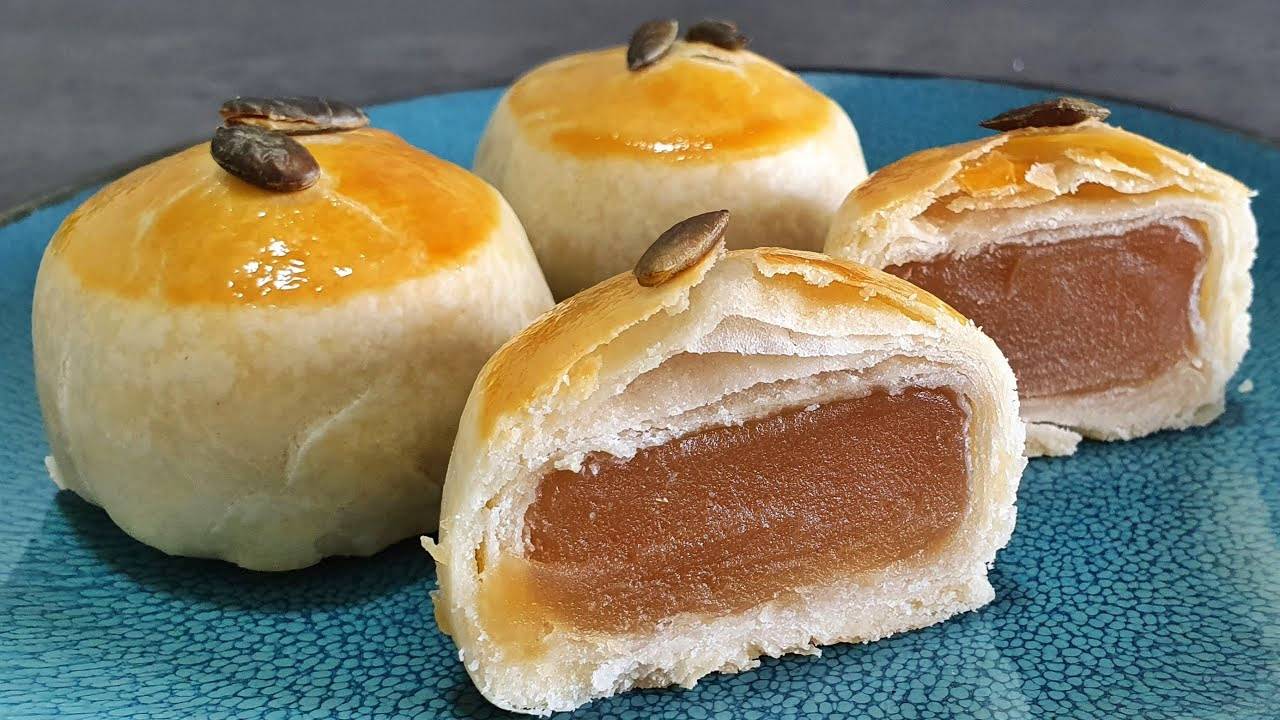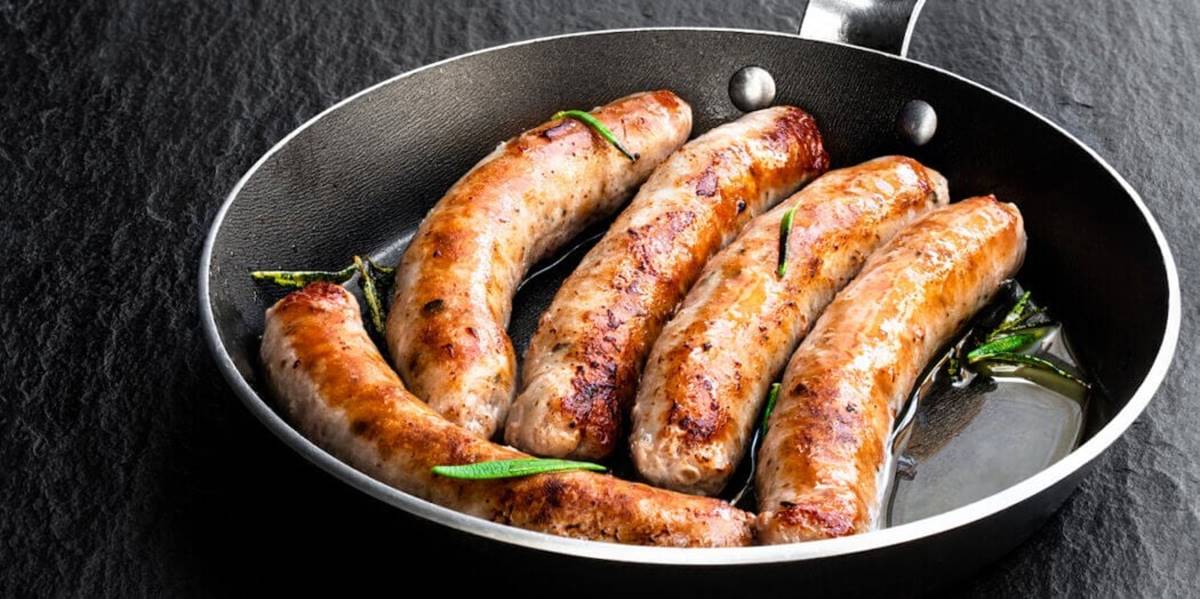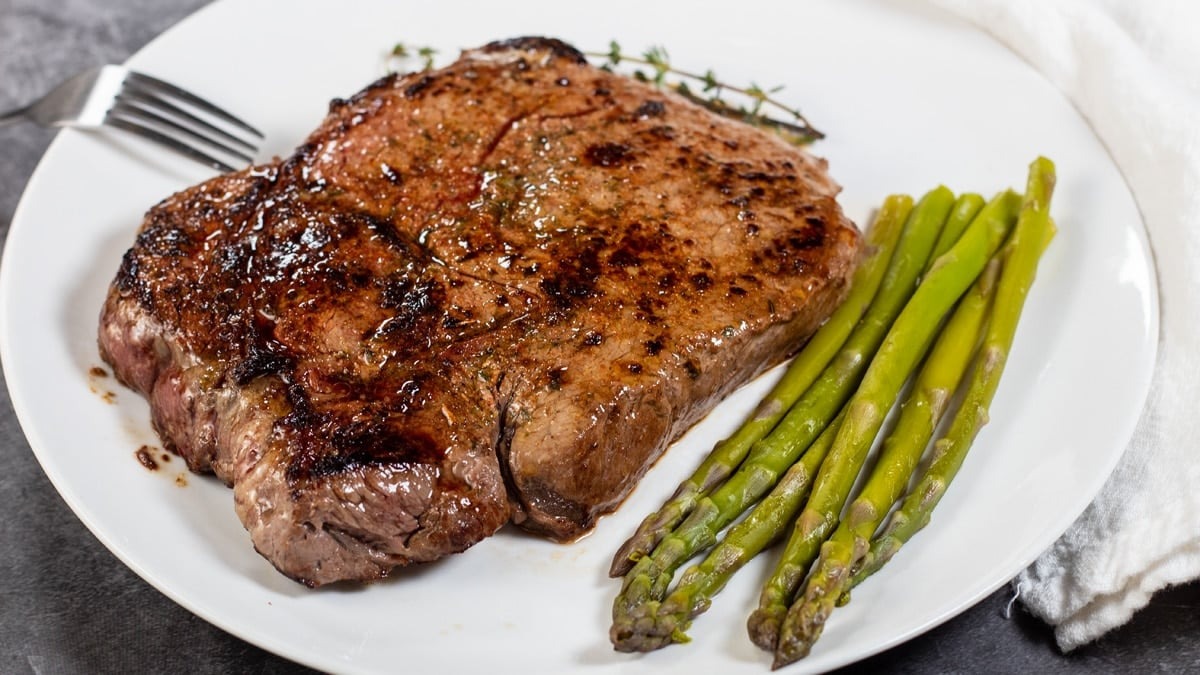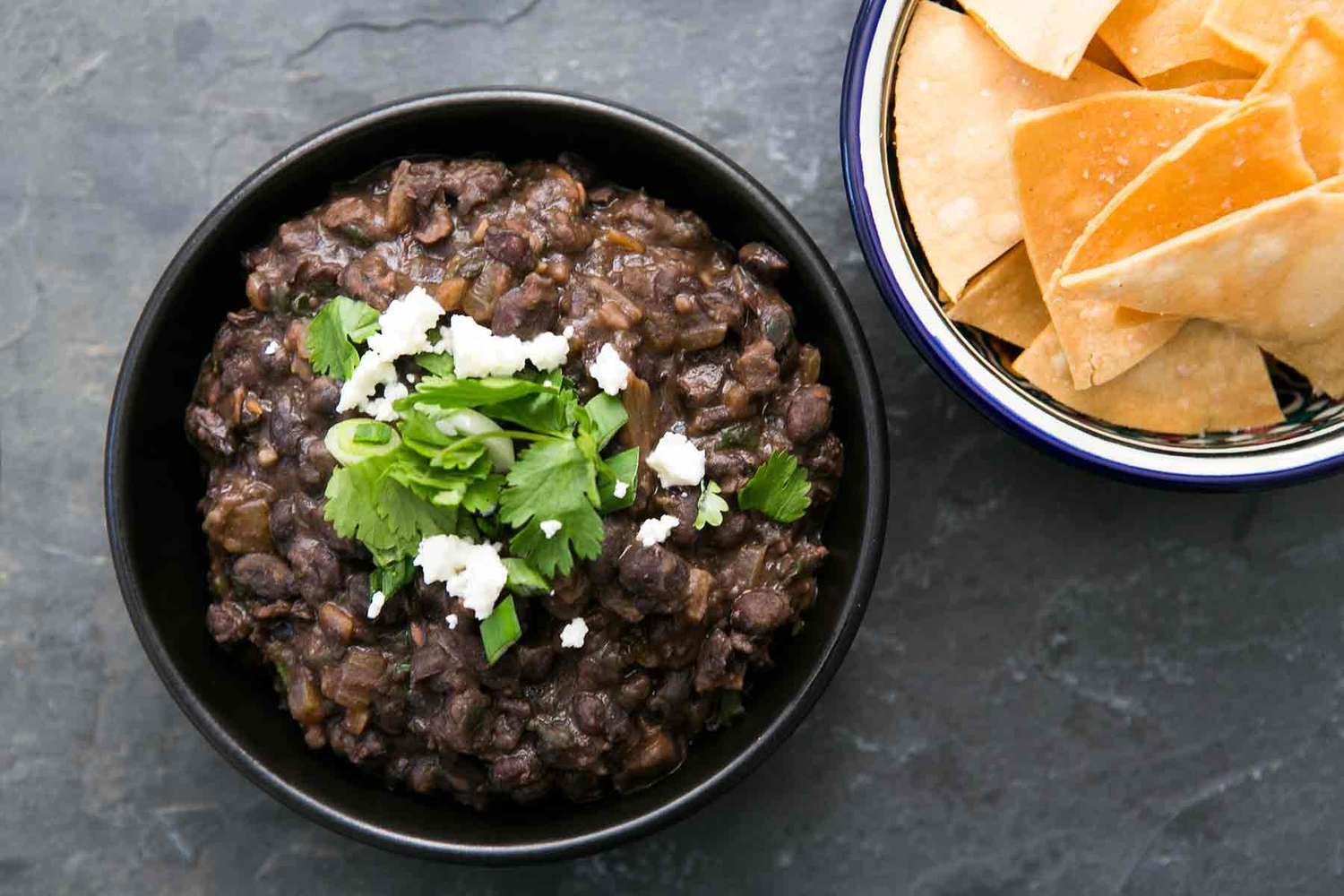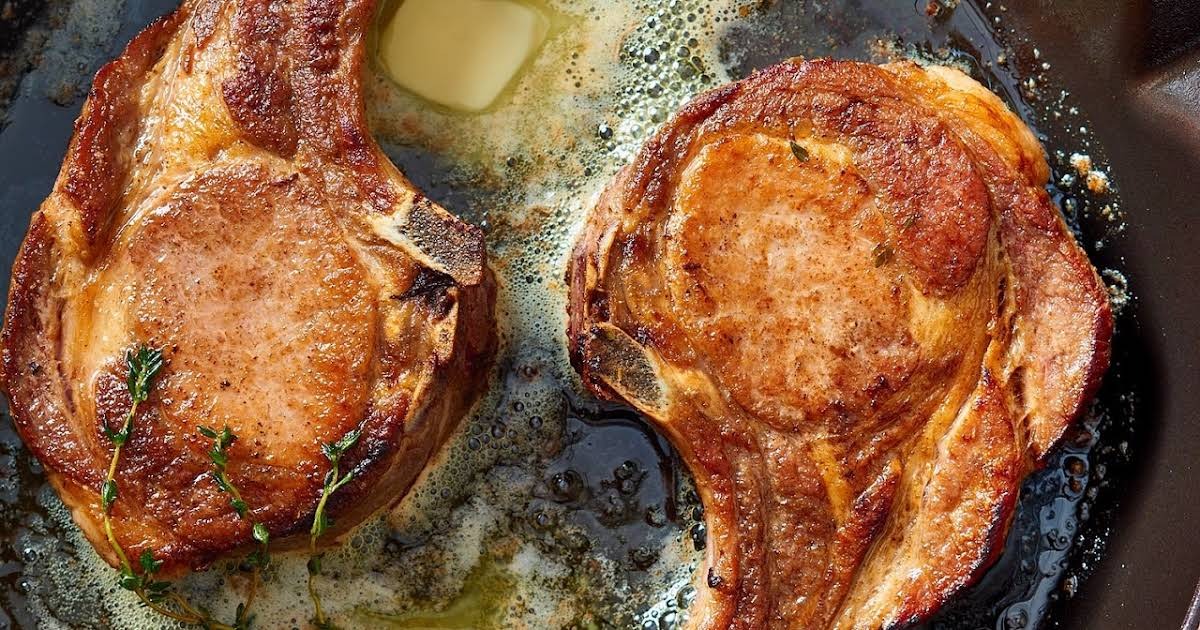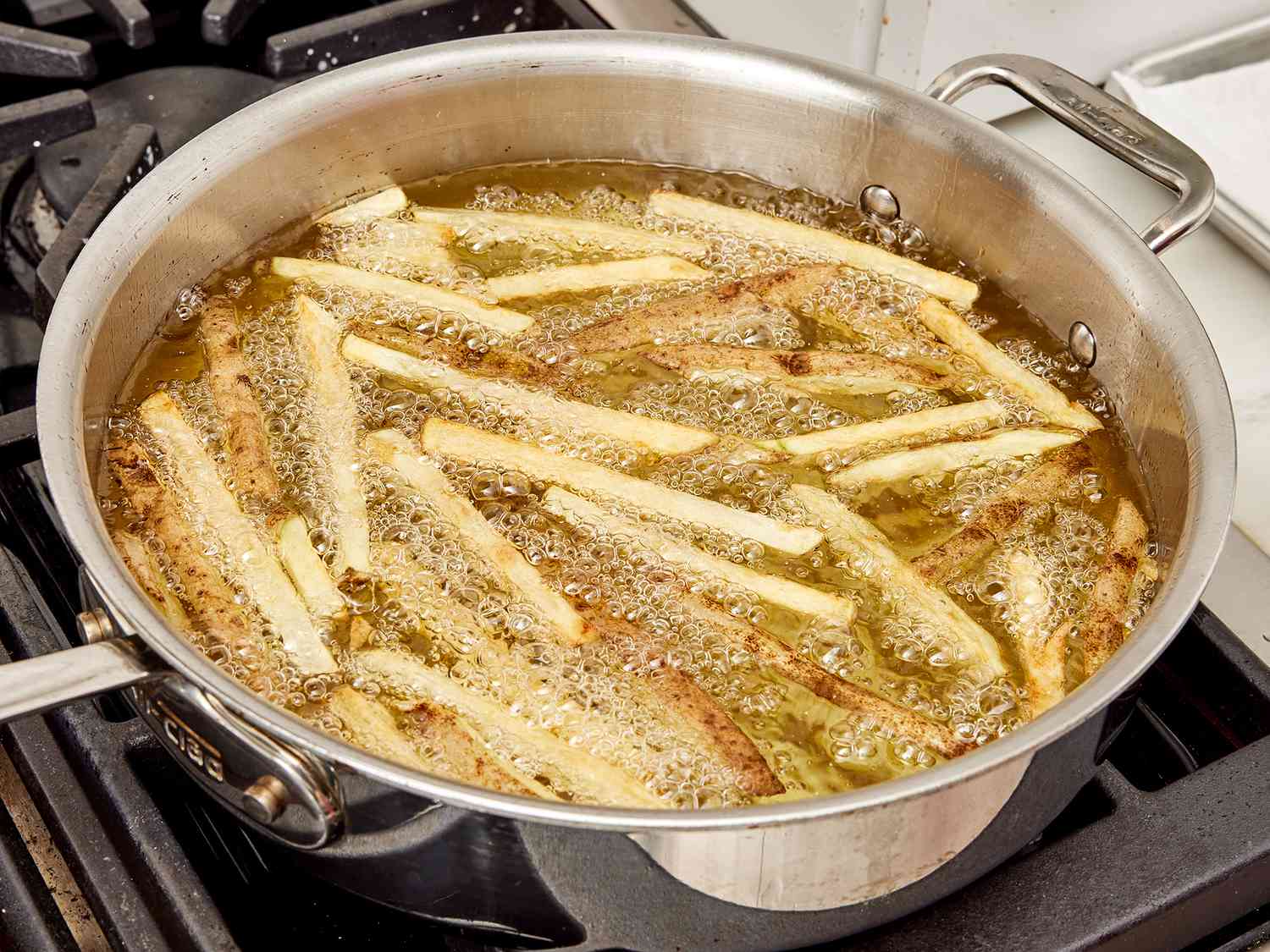How To Boil Frozen Lobster Tails
Are you craving a delicious seafood feast but only have frozen lobster tails on hand? Don’t worry, because boiling frozen lobster tails can be a simple and tasty solution! In this guide, we’ll walk you through the steps to help you create a restaurant-quality dish from the comfort of your own kitchen.
What You’ll Need
Before you get started, make sure you have the following ingredients and tools:
- Frozen lobster tails
- Large pot
- Tongs or a slotted spoon
- Timer
- Melted butter for serving
- Lemon wedges (optional)
Step-by-Step Guide
Follow these simple steps to boil frozen lobster tails to perfection:
Step 1: Thaw the Lobster Tails (Optional)
If you have enough time, it’s best to thaw the frozen lobster tails before cooking. Place them in the refrigerator for 12-24 hours until fully thawed. However, if you’re short on time, you can still cook them from frozen.
Step 2: Prepare the Pot
Fill a large pot with enough water to fully submerge the lobster tails. Add salt to the water for added flavor—an approximate guideline is 1 teaspoon of salt for every 4 cups of water.
Step 3: Bring the Water to a Boil
Place the pot of water on the stovetop and bring it to a rolling boil over high heat.
Step 4: Add the Lobster Tails
Gently lower the frozen lobster tails into the boiling water using tongs or a slotted spoon. Be careful to avoid any splashing.
Step 5: Set the Timer
Once the lobster tails are in the pot, set a timer based on their size:
- Small lobster tails (3-4 ounces): Boil for 3-4 minutes
- Medium lobster tails (5-6 ounces): Boil for 5-6 minutes
- Large lobster tails (8-10 ounces): Boil for 8-10 minutes
- Giant lobster tails (12-14 ounces): Boil for 10-12 minutes
Step 6: Remove and Serve
Using tongs or a slotted spoon, carefully remove the boiled lobster tails from the pot. Place them on a plate lined with paper towels to drain excess water.
Step 7: Butter it Up!
Melt some butter and serve it alongside the lobster tails for dipping. The rich and creamy flavor of the butter complements the sweet and succulent meat perfectly. Squeeze a bit of fresh lemon juice over the lobster tails for an extra burst of tanginess, if desired.
Enjoy Your Boiled Lobster Tails!
Now that you know how to boil frozen lobster tails, you can whip up a gourmet seafood meal anytime you want. Whether you’re hosting a dinner party or treating yourself to an indulgent dinner, this simple cooking technique will surely impress your taste buds. So grab some lobster tails and get boiling!
More Delicious Lobster Recipes to Try
Now that you've mastered boiling frozen lobster tails, it's time to put those skills to delicious use. The versatility of lobster allows it to star in a variety of dishes. If you’re eager to impress at your next dinner party, try the decadent Decadent Lobster Mac and Cheese or the sophisticated Sophisticated Lobster Risotto. For a lighter fare, the Refreshing Lobster Salad with Citrus Vinaigrette offers a refreshing twist. I recommend starting with Rich Garlic Butter Lobster Tails, a recipe that highlights the lobster's natural flavor enhanced by rich, aromatic butter. Each of these recipes provides a unique way to savor the exquisite taste of lobster, perfect for any dining occasion.
Was this page helpful?
Read Next: How To Boil Shrimp Without Overcooking


